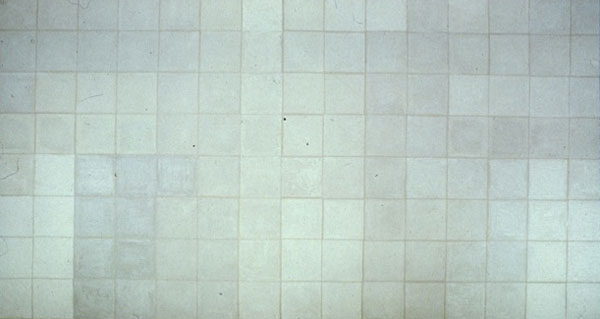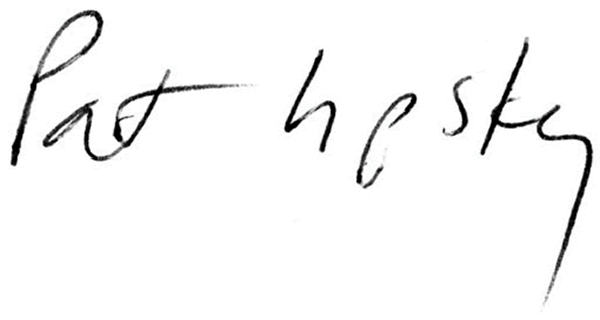Pat Lipsky at André Emmerich Gallery
When Pat Sutton Lipsky established the first mode of painting which placed her in the category of serious and significant young artists, she did it quite literally with a splash. Her broad, bold slashed images of rippling acrylic colors stained into bare canvas licked out like flames. Spontaneous, exuberant, and filled with gorgeous hues, they were paintings of great physicality where color was experienced as flow, ripple, spread, and lateral expansion. Quite abruptly, it seemed to those familiar with her work, these canvases were replaced by easel paintings in oil; colors became creamier and more pastel, aspects of Monet surfaced in the vigorous strokes of paint, and movement was chiefly confined to the swipe of the brushstrokes themselves and to a backward and forward shifting within an essentially shallow space. These latter paintings remained for many of us an enigma. Luscious within their own right, they nevertheless were puzzling in terms of the amount of control the artist seemed suddenly to have imposed upon herself: the abandonment of the physical act of pouring and shift to arm painting, the limiting of space to a carefully controlled shallow depth. The essential question raised by these works was what color was supposed to do given these new confines.
Thus Pat Sutton Lipsky’s last show at the André Emmerich Gallery arrived as a kind of revelation which answered many questions raised by the shifts in her work. The exhibition showed that what she has been working towards is a new kind of movement in her paintings, movement which is not merely lateral, nor within a shallow space, but movement which is simultaneously vertical, horizontal, and diagonal, which carries the eye into deep space and right up to the surface of the canvas. It is movement realized through color and color inflections alone. These new works combine the horizontal pull of her earliest paintings with a backward and forward movement in space which is not done by any of the ordinary illusionistic devices. That she has used a grid form, during a period when everyone else has been using grids, perhaps shows the kind of stubbornness one associates with her work. No doubt it appeared as the only way of organizing color so that directional pulls and fluctuation in depth were retained at the same time. A single square of the grid allowed multiple color areas to conjoin so that vertical, horizontal, diagonal, and in-depth pulls could be realized simultaneously.

For Leslie, 98 5/16 × 183, acrylic on canvas,1974
Three paintings done in many layers of thin acrylic brushed onto bare canvas clarify this new direction. For Leslie, a huge canvas approximately eight feet high by fifteen feet long, is done essentially in shades of creamy white. The grid which creates the structure is both so vast and unobtrusive that any mathematical counting of squares is confounded at first sight. Certain squares showed a white-on-white calligraphy of brushwork, while in other squares the effect was of thin paint that created its own shadows. A broad spread and expansive pull of light was maintained since the outer and upper edges of the painting seemed thicker in paint texture, more bubbly. At the same time, specific areas of the white canvas were more grayish, pinkish, bluish, so that there was a barely perceptible fluctuation of color backward and forward. Stately and sonorous, For Leslie is a painting absolutely of museum quality. The Baths of Caracala has a more staccato rhythm. The cuter areas of black and differing shades of black appear to force the brighter blues, reds, oranges, and lavenders to bulge out from the surface of the canvas. While these colors seem forced out into space, within the squares themselves there is a self-referential forward and backward movement. In Swimming Pool No. 2, the color squares are closely related blues and greens; yet these colors are handled with varying degrees of transparencies so that some squares are like foggy windows, others like windows into deep space, still others like flat tiles on a wall.
What Pat Sutton Lipsky’s paintings seem to have been about all along, then, is movement through color, not just the flow of color but every sort of movement—rhythmic, spatial, directional, physical. If we did not recognize this before, it is because movement sat so lightly and effortlessly on the shoulders of color.
